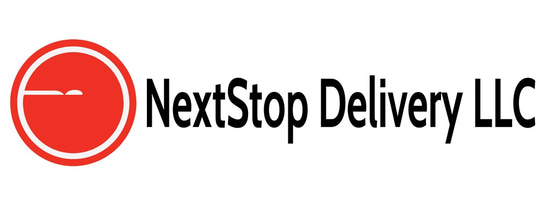Transforming Logistics and Distribution with IoT Technology
11/28/20242 min read


Introduction to IoT in Logistics
The logistics and distribution industry is undergoing a significant transformation with the application of Internet of Things (IoT) technology. By integrating smart devices and sensors, companies are enhancing their operational efficiency and improving overall service delivery. This innovation enables real-time monitoring and management of cargo, which is essential for maintaining a competitive edge in today’s fast-paced market.
Smart Trucks and Enhanced Cargo Tracking
One notable development in this realm is the emergence of smart trucks. Equipped with advanced IoT sensors, these vehicles provide data on their location, speed, and even the condition of the cargo they carry. This data allows logistics companies to track shipments in real time, significantly improving cargo tracking accuracy.
With this level of monitoring, businesses can immediately identify potential issues, such as delays or cargo damage, allowing for proactive measures to be taken. Consequently, customers experience enhanced service, leading to increased satisfaction and loyalty.
Sensor Monitoring for Transportation Safety
Safety is another critical area where IoT technology is making waves. Through sensor monitoring, logistics firms can gather data about vehicle performance and driver behavior. For instance, sensors can detect issues such as tire pressure irregularities or engine problems, alerting drivers and fleet managers before these issues lead to breakdowns or accidents.
This proactive approach to maintenance and safety not only reduces the risk of accidents but also contributes to better inventory management. By ensuring that vehicles are operating efficiently and safely, companies can optimize their transportation routes and reduce overall logistical costs.
Smart Warehousing Systems
In addition to smart trucks, IoT technology is revolutionizing warehousing. Smart warehousing systems incorporate IoT devices that monitor inventory levels in real-time. These systems can track when items are removed or added, providing up-to-date visibility into stock levels.
This integration allows for more streamlined inventory management, reducing the likelihood of stockouts or overstock situations. Furthermore, smart warehousing systems can automate replenishment processes, ensuring that items are available when needed, thus increasing operational efficiency.
Conclusion
In summary, the application of IoT technology in logistics and distribution is transforming the industry. From smart trucks that enhance cargo tracking accuracy to sensor monitoring that improves transportation safety, as well as smart warehousing systems that optimize inventory management, IoT is paving the way for a more efficient and effective logistics landscape. As companies continue to embrace this technology, they will undoubtedly find new ways to enhance their operations and serve customers better in an increasingly demanding marketplace.
Subscribe to us to get the latest logistics information and transportation solutions! Let us provide you with accurate and efficient logistics services to help your business grow rapidly.
© 2024. All rights reserved.
